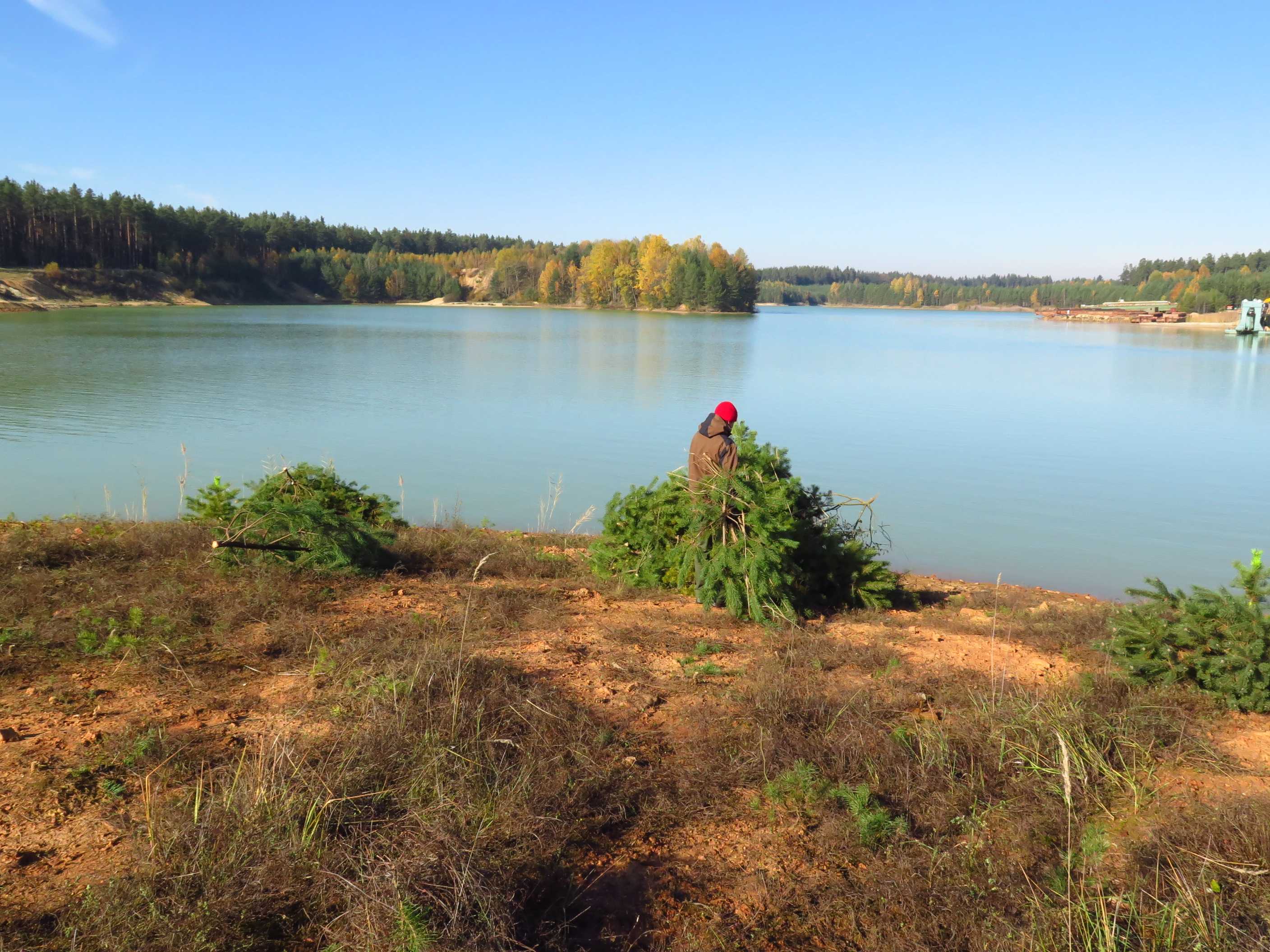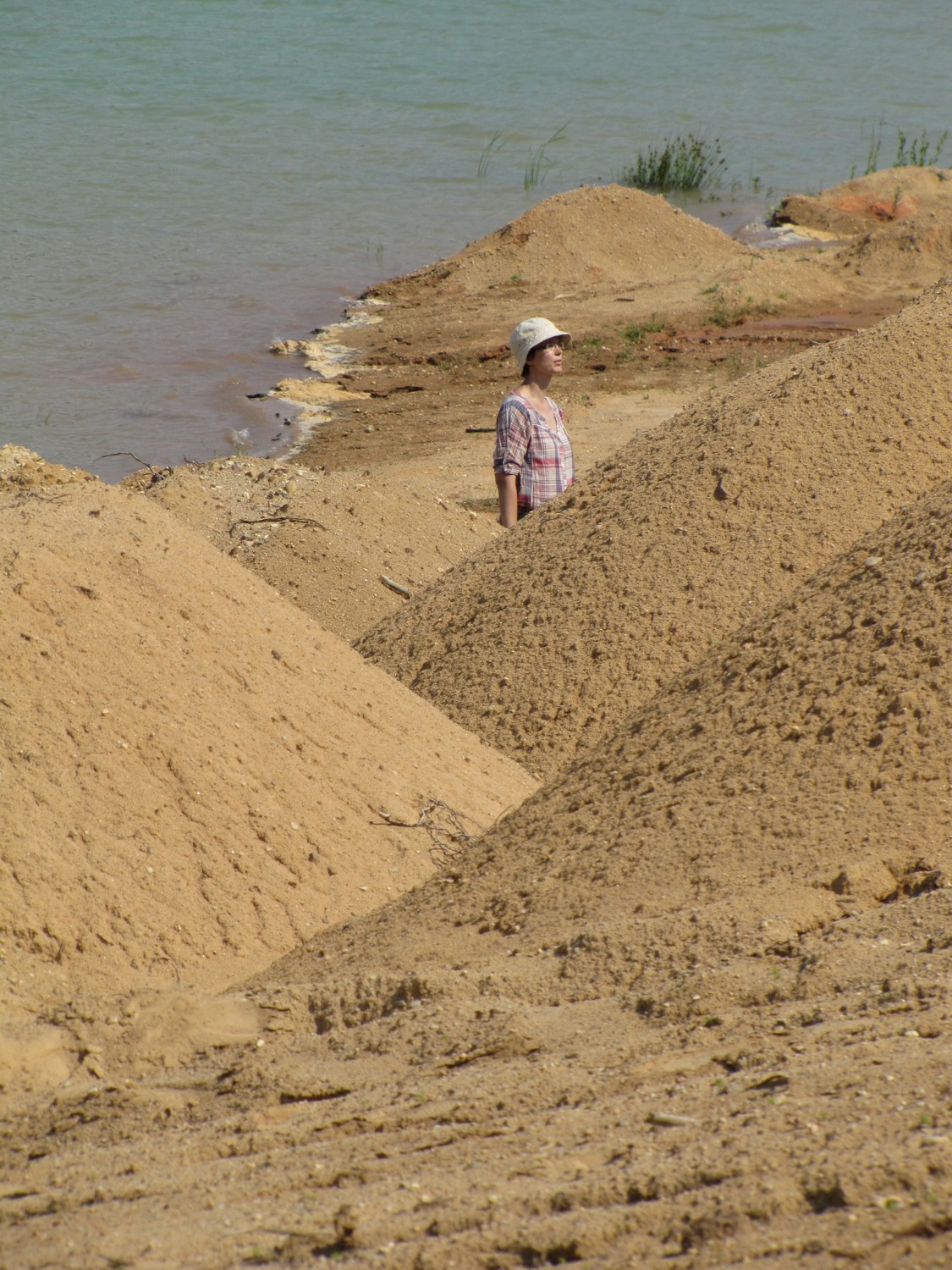 Yes, it is true! Plants prosper from disturbances and psamophytic plant twice as much. Research in the Cep II sand pit demonstrated that the effect of recreational activities could be also positive. Rare species of open habitats can be found on places where succession returns back to the very beginning and trees do not overgrow place. In our case, the management service to achive such conditions is done by voluneer swimmers, sunbathers and geocachers - and they do not even know :).
Yes, it is true! Plants prosper from disturbances and psamophytic plant twice as much. Research in the Cep II sand pit demonstrated that the effect of recreational activities could be also positive. Rare species of open habitats can be found on places where succession returns back to the very beginning and trees do not overgrow place. In our case, the management service to achive such conditions is done by voluneer swimmers, sunbathers and geocachers - and they do not even know :).
The project „Rekreační aktivity jako nízkonákladový nástroj ochrany přírody v postindustriální krajině: modelové lokality v Jihočeském kraji“ was financially supported by the South Bohemian region.
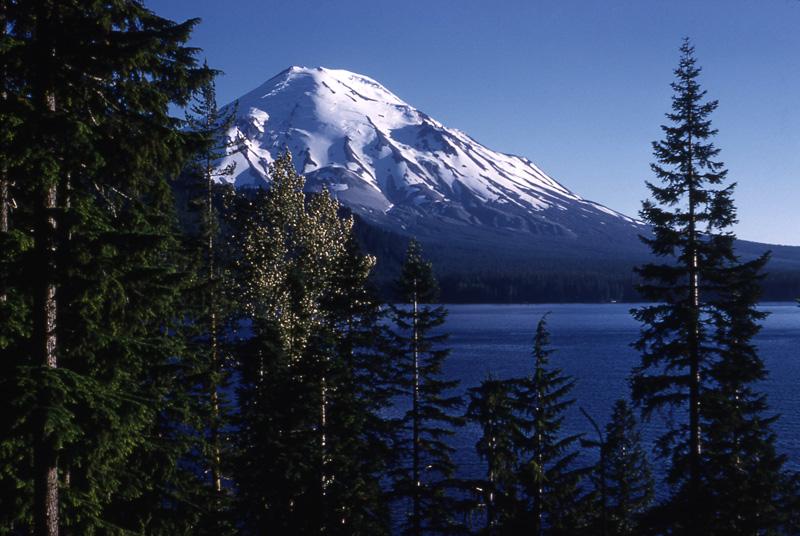 During his research fellowship at Roger del Moral in Seattle, Karel Prach visited the legendary volcano Mount St. Helens. Karel summarized his observations about primary succession on lava fields in an article in Živa magazine (in Czech).
During his research fellowship at Roger del Moral in Seattle, Karel Prach visited the legendary volcano Mount St. Helens. Karel summarized his observations about primary succession on lava fields in an article in Živa magazine (in Czech).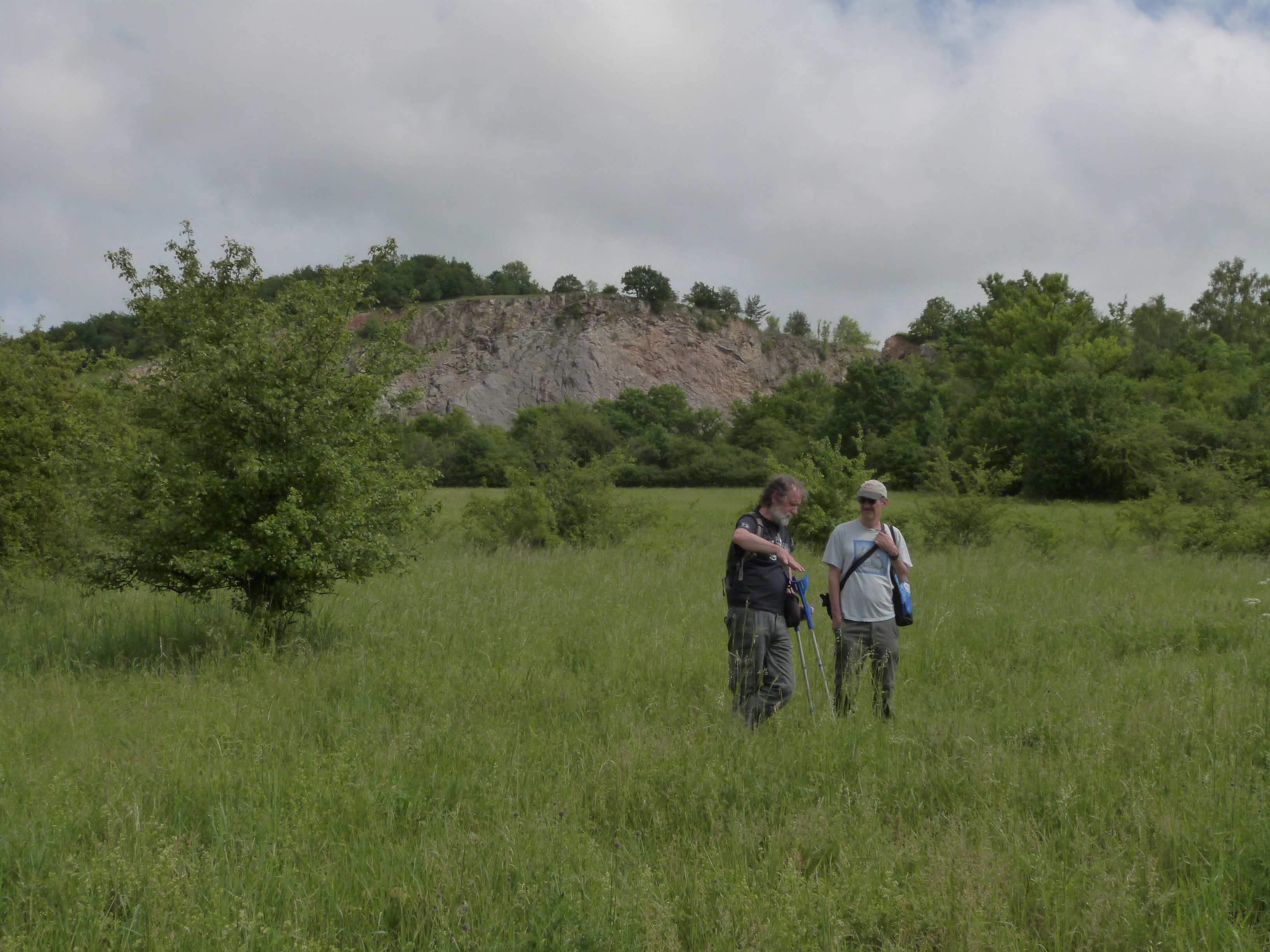 There is no doubt that professors are very busy! We are often convinced about this fact by our professor Karel Prach who among all his obligations, teaching and writing of scientific articles does not forget about some joys. Before he left to France, he spent a couple of days with a world's leading expert on succession, Lars Walker. Their busy program included among others the oldest abandoned arable fields in the Czech Karst or Radovesice spoil heap. When we asked him to share some of their experiences with us, we received only a laconic reply: "We walk into the field, sit in pubs or work (we also sleep a little)... Greetings, K"
There is no doubt that professors are very busy! We are often convinced about this fact by our professor Karel Prach who among all his obligations, teaching and writing of scientific articles does not forget about some joys. Before he left to France, he spent a couple of days with a world's leading expert on succession, Lars Walker. Their busy program included among others the oldest abandoned arable fields in the Czech Karst or Radovesice spoil heap. When we asked him to share some of their experiences with us, we received only a laconic reply: "We walk into the field, sit in pubs or work (we also sleep a little)... Greetings, K"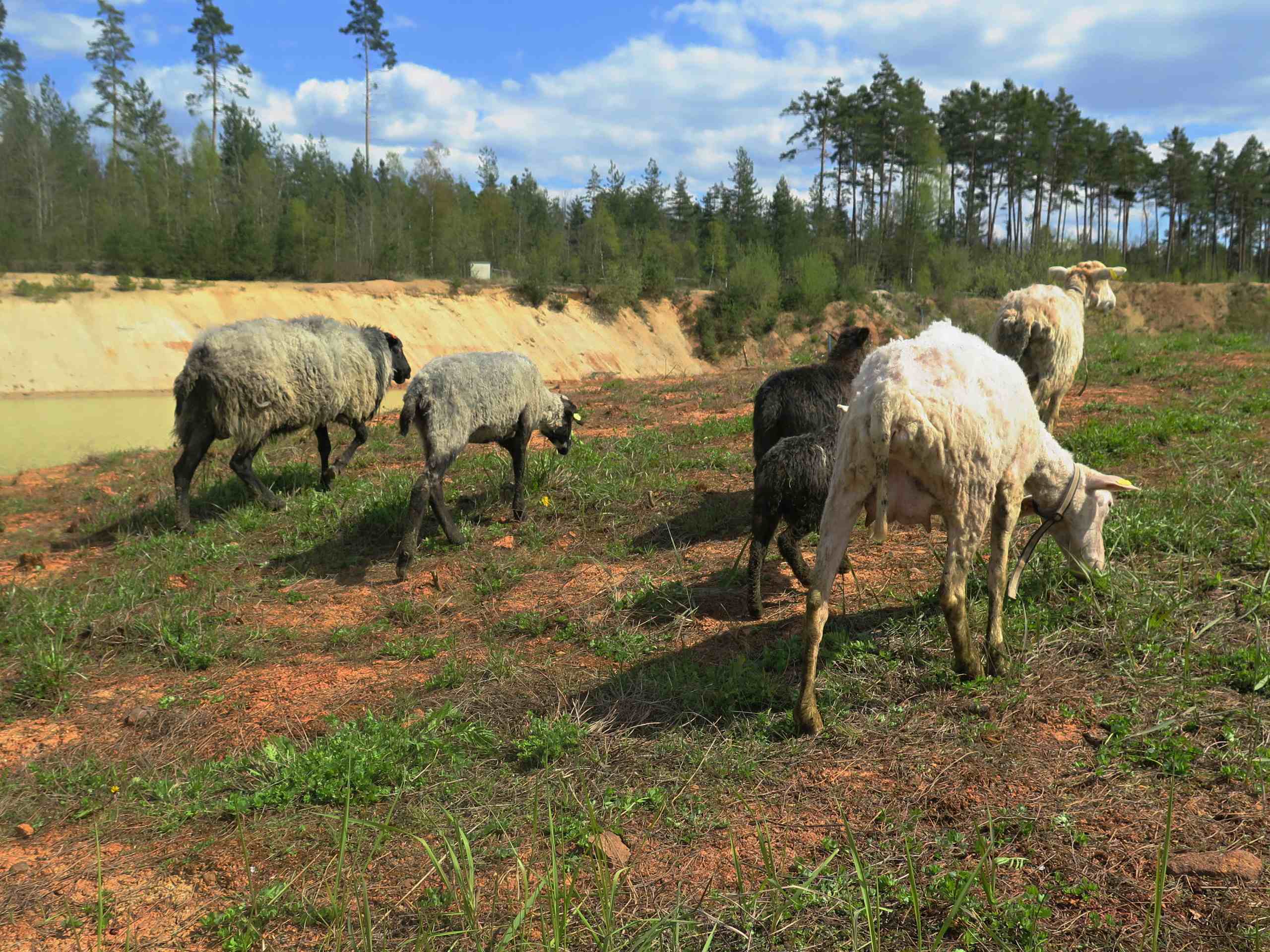 Experimental plots for the restoration of dry grasslands on the island in the middle of the Cep II sand pit were grazed again with a small flock of sheep. But this year, there were more sheep and nearly a month earlier than last year. Sheep do not like Lotus corniculatus, which started to expand in certain plots, and Calamagrostis epigejos too much and therefore it was necessary to start grazing when it is very young and juicy. And we can say that the grazing management was successful! Even Pinus trees were deprived of needles. We thank not only the management protagonists themselves, but also Alena Bartošová, the cheerful shepherdess! Last but not least, our thanks belong also to employees of the mining company - Mr. Blafka and the ferry driver who smoothly transported sheep to and from the island.
Experimental plots for the restoration of dry grasslands on the island in the middle of the Cep II sand pit were grazed again with a small flock of sheep. But this year, there were more sheep and nearly a month earlier than last year. Sheep do not like Lotus corniculatus, which started to expand in certain plots, and Calamagrostis epigejos too much and therefore it was necessary to start grazing when it is very young and juicy. And we can say that the grazing management was successful! Even Pinus trees were deprived of needles. We thank not only the management protagonists themselves, but also Alena Bartošová, the cheerful shepherdess! Last but not least, our thanks belong also to employees of the mining company - Mr. Blafka and the ferry driver who smoothly transported sheep to and from the island.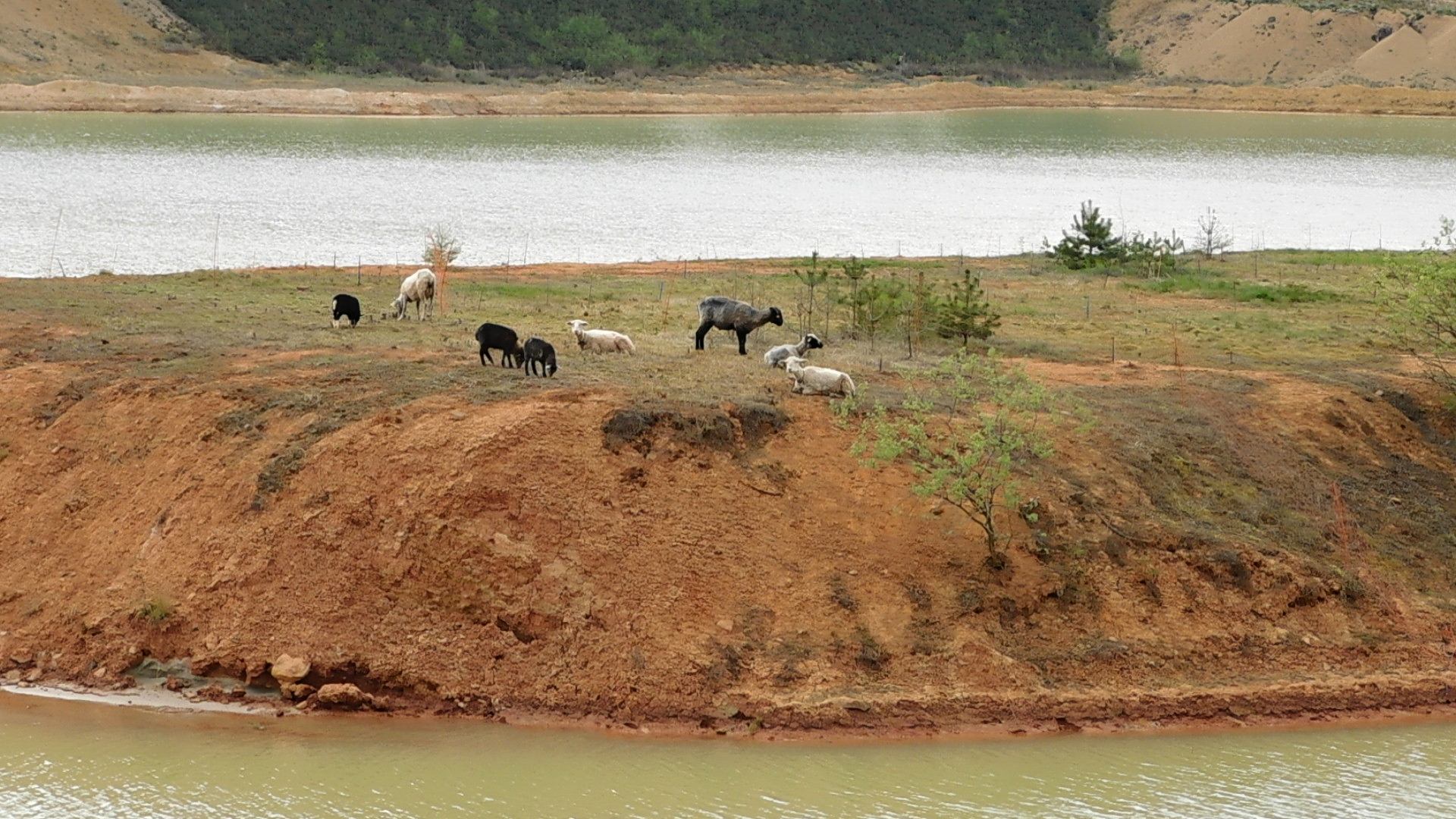
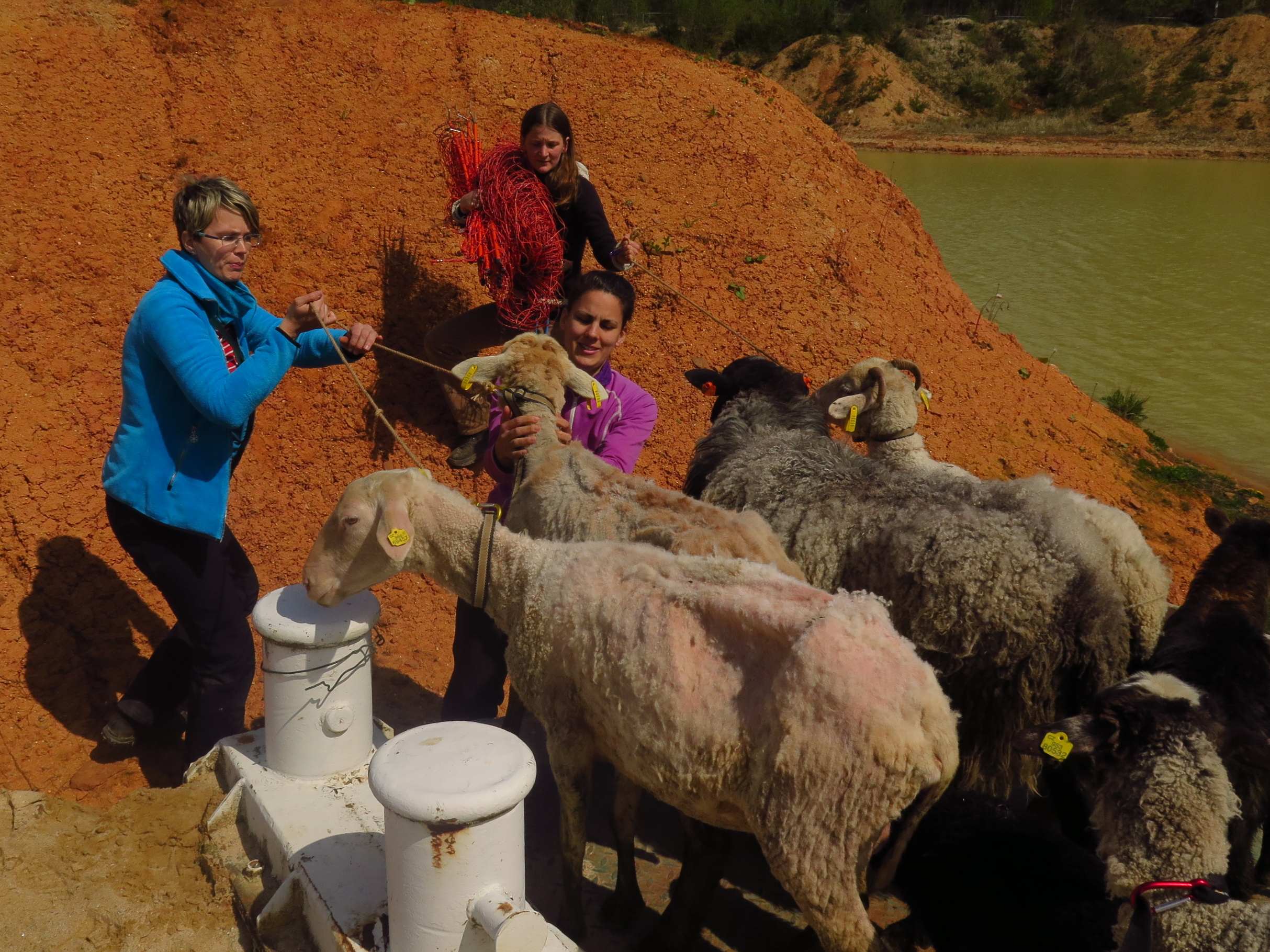
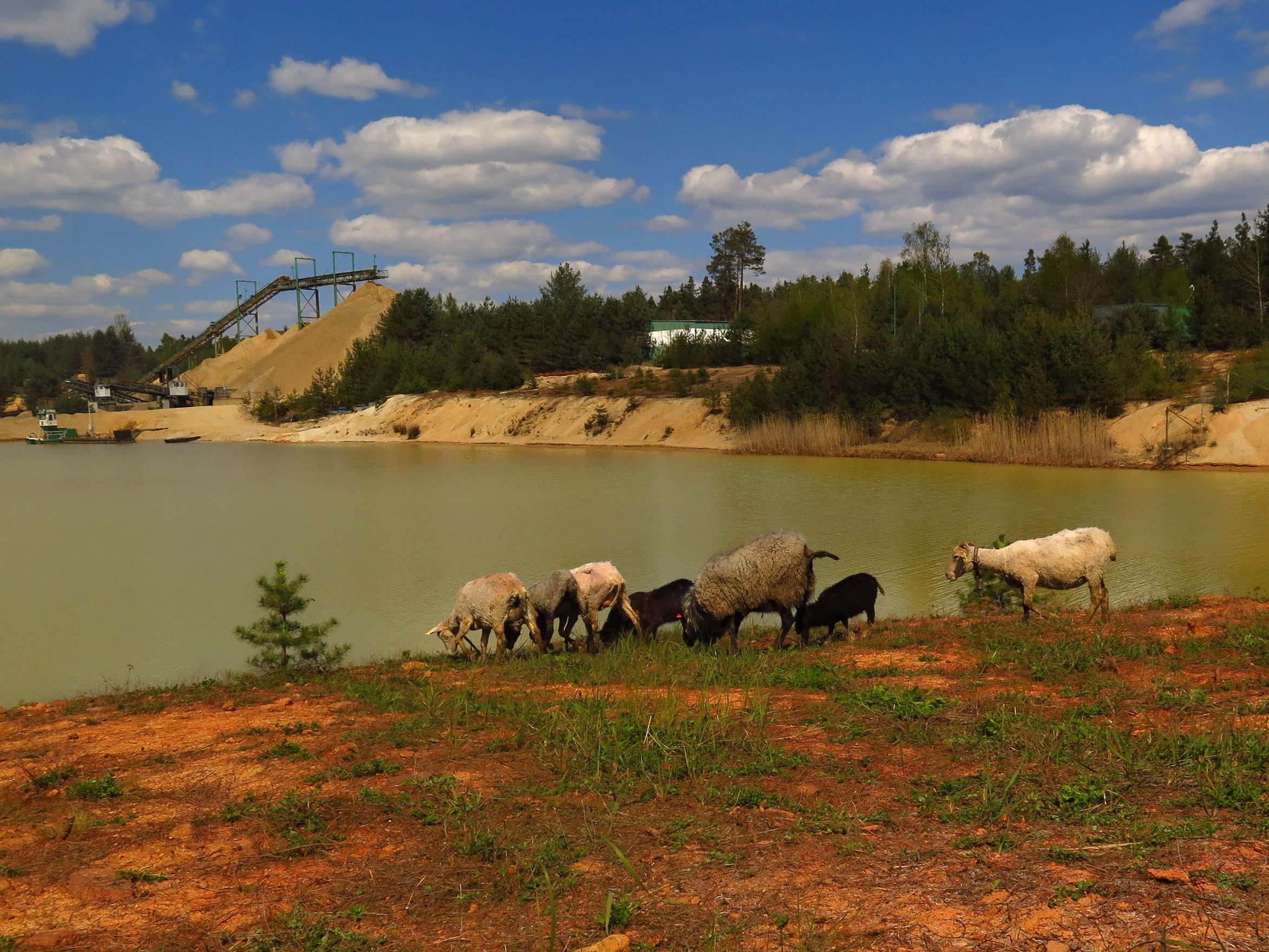
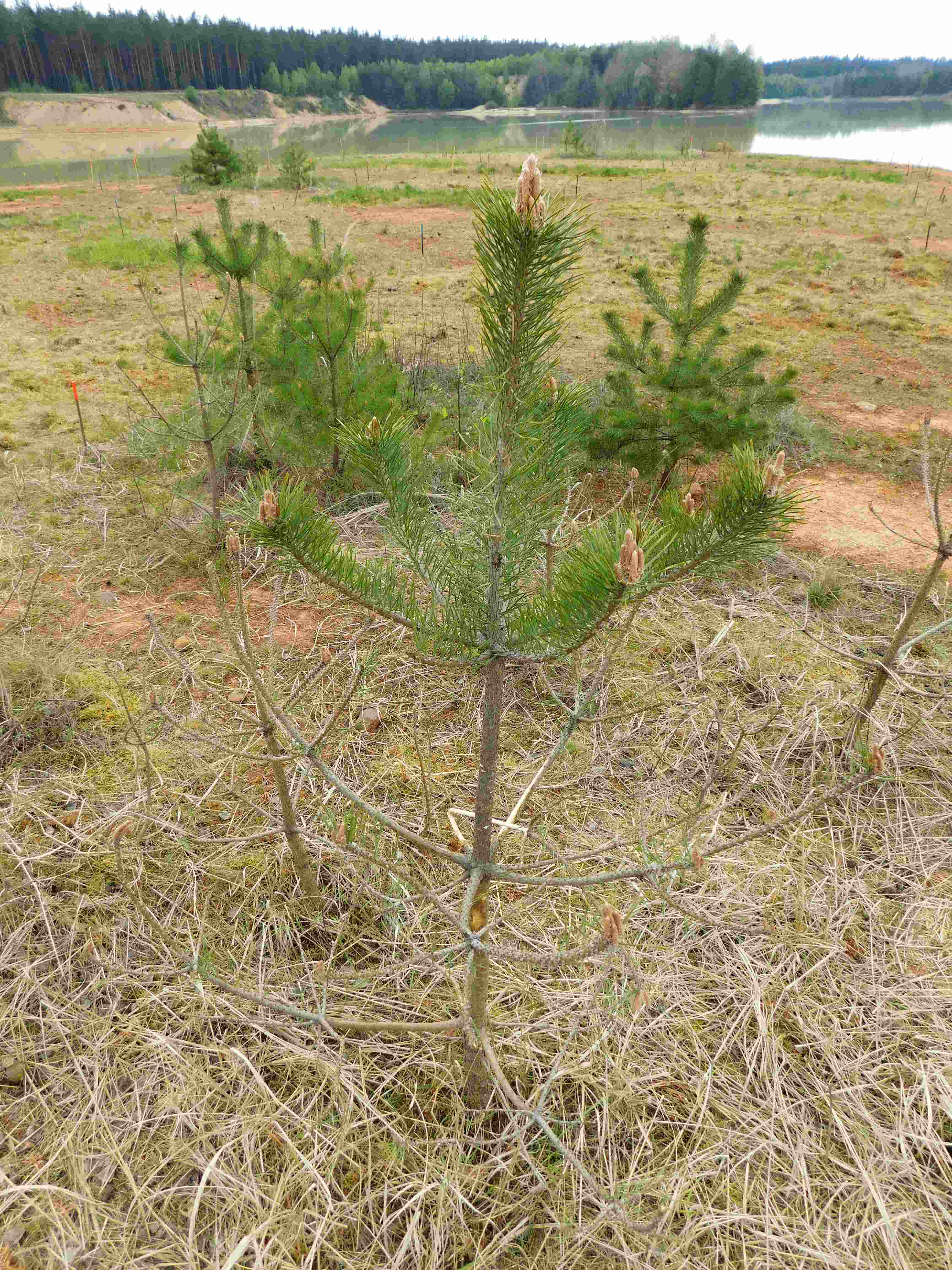
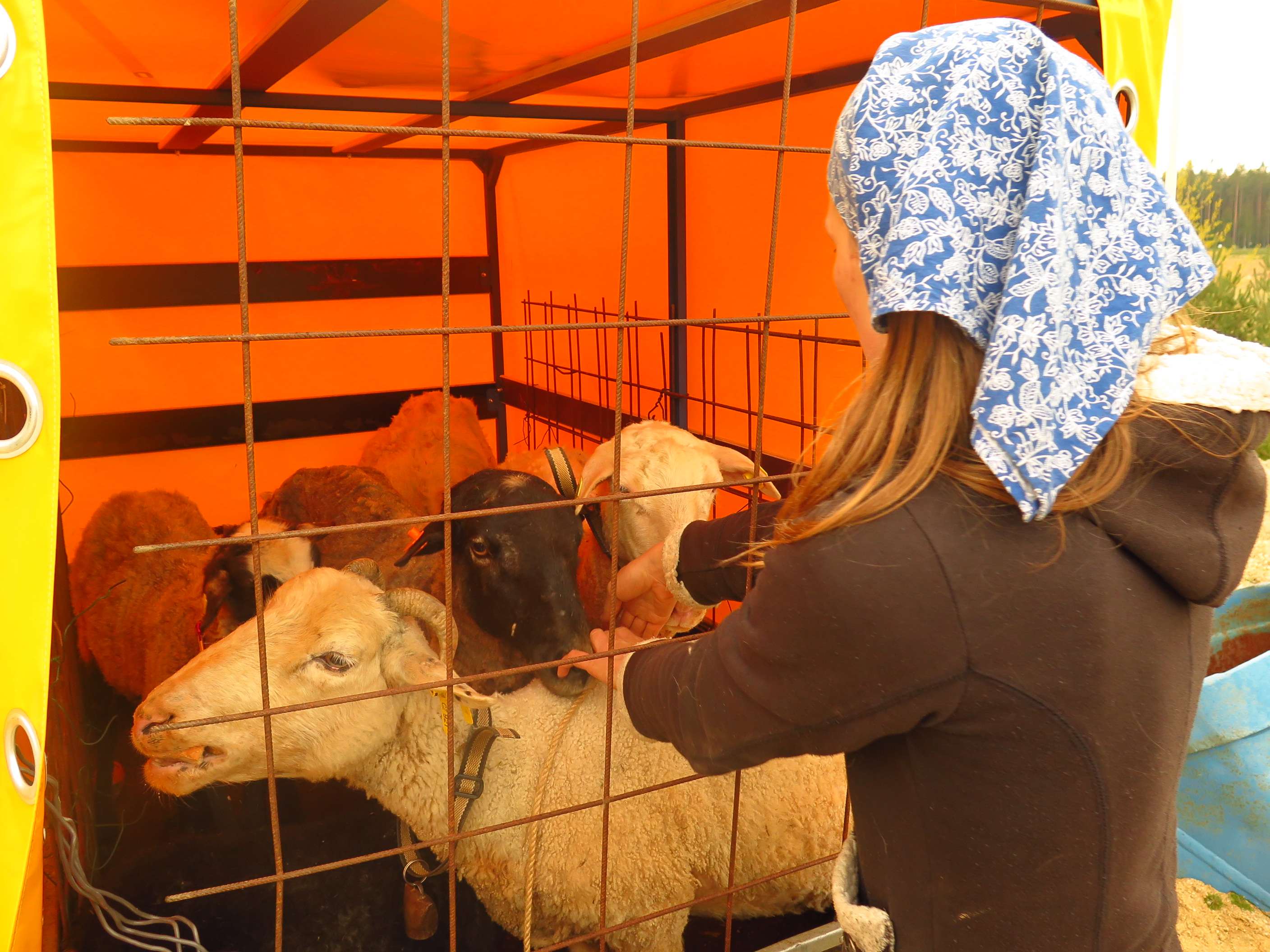
 A seminar on restoration of post-indistrial landscapes took place on 11 February in Palacký University in Olomouc. The seminar was designed not only for students and academics but also for state administration employees, NGOs and mining companies. Members of our working group - Klára Řehounková and Karel Prach - actively participated at the seminar. They presented the results from their long-term research, including current projects. Similar meetings of experts from different spheres are currently more and more abundant and ecological restoration will be hopefully more frequently used in practice.
A seminar on restoration of post-indistrial landscapes took place on 11 February in Palacký University in Olomouc. The seminar was designed not only for students and academics but also for state administration employees, NGOs and mining companies. Members of our working group - Klára Řehounková and Karel Prach - actively participated at the seminar. They presented the results from their long-term research, including current projects. Similar meetings of experts from different spheres are currently more and more abundant and ecological restoration will be hopefully more frequently used in practice.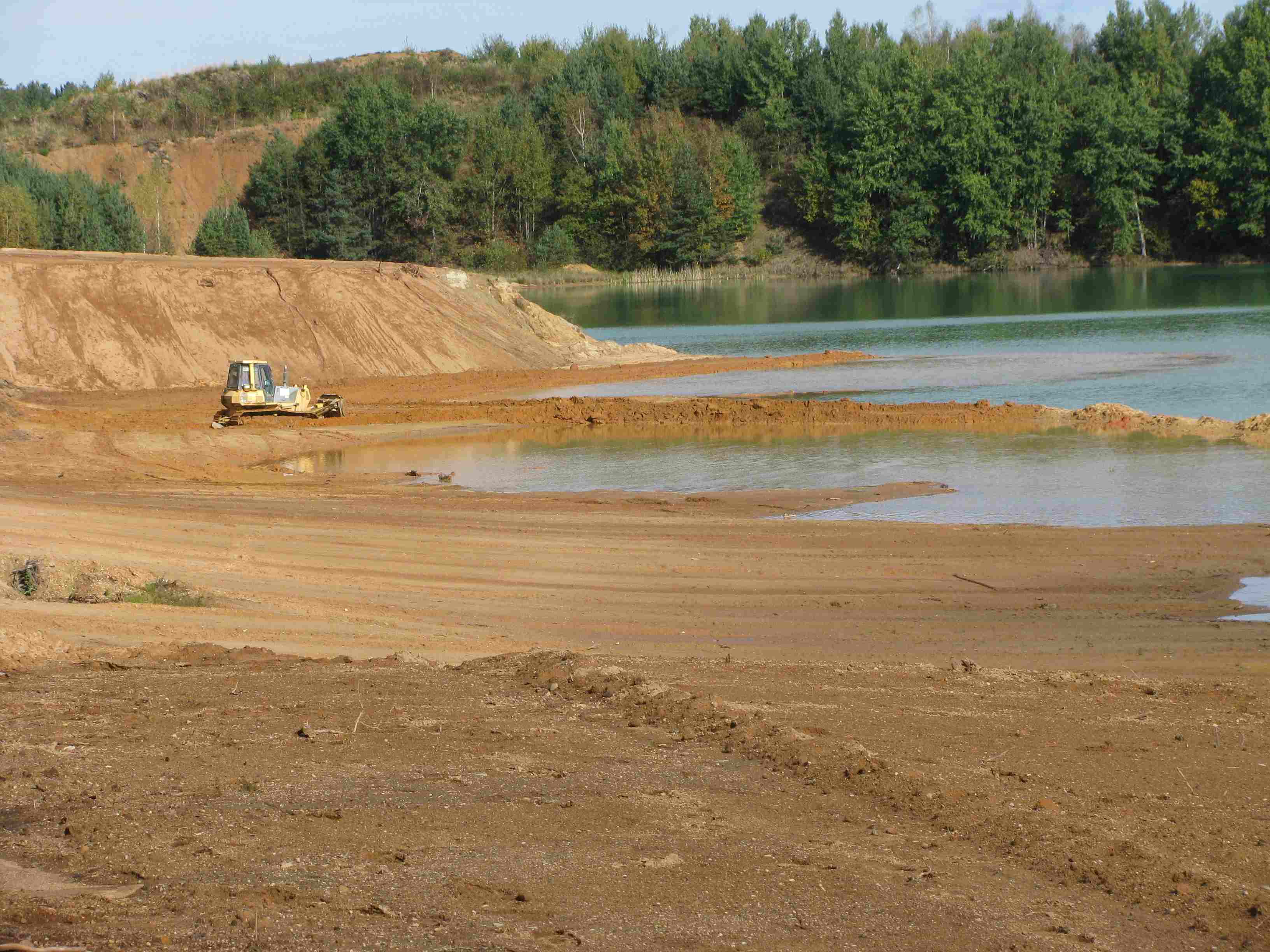 In today's press you can read about how it works in the Marokánka sand pit in Královéhradecký region. After finishing mining activities, most likely only forestry reclamation will be performed which is common in this country. However, there are efforts to change that and they seem to be successful. A big surprise for us was that the author of the above mentioned article gives the Cep II sand pit, our "laboratory in the field", as an example of a good practice which is visited by scientists from all around the world.
In today's press you can read about how it works in the Marokánka sand pit in Královéhradecký region. After finishing mining activities, most likely only forestry reclamation will be performed which is common in this country. However, there are efforts to change that and they seem to be successful. A big surprise for us was that the author of the above mentioned article gives the Cep II sand pit, our "laboratory in the field", as an example of a good practice which is visited by scientists from all around the world.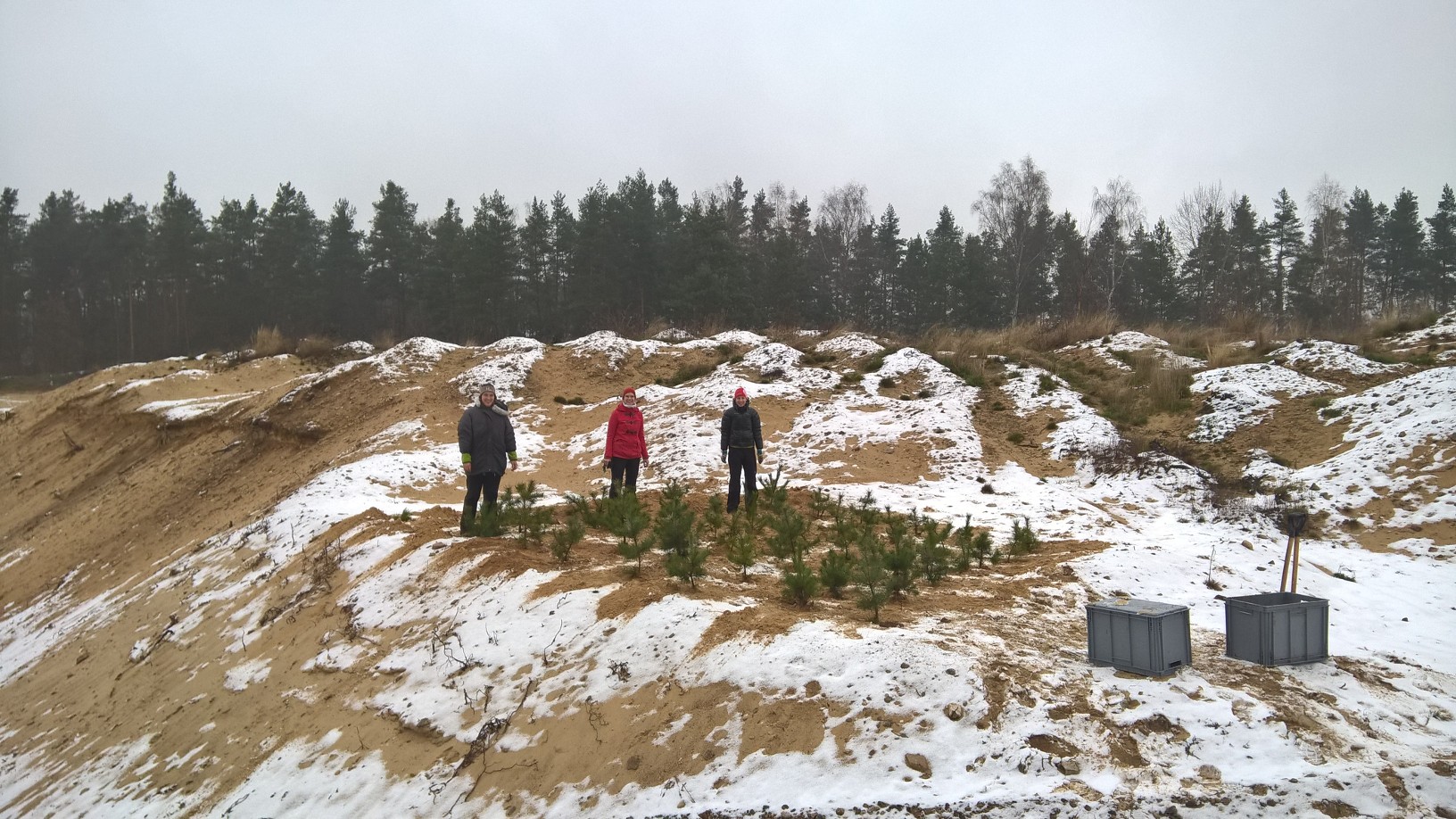 We, biologists, already know whether forestry reclamation in sand pits is necessary - it is not! However, new arguments need to be constantly acquired to convince also others, especially miners, foresters and land owners. One of the most common arguments for forestry reclamation in sand pits is that rapid tree planting prevents colonization by invasive tree species present in the close surrounding. Spontaneously developed areas may be prone to invasions of alien species. We know from our experience that even forestry reclamations are not totally devoid of alien species which start to grow rapidly after first thinning that creates gaps for them.
We, biologists, already know whether forestry reclamation in sand pits is necessary - it is not! However, new arguments need to be constantly acquired to convince also others, especially miners, foresters and land owners. One of the most common arguments for forestry reclamation in sand pits is that rapid tree planting prevents colonization by invasive tree species present in the close surrounding. Spontaneously developed areas may be prone to invasions of alien species. We know from our experience that even forestry reclamations are not totally devoid of alien species which start to grow rapidly after first thinning that creates gaps for them.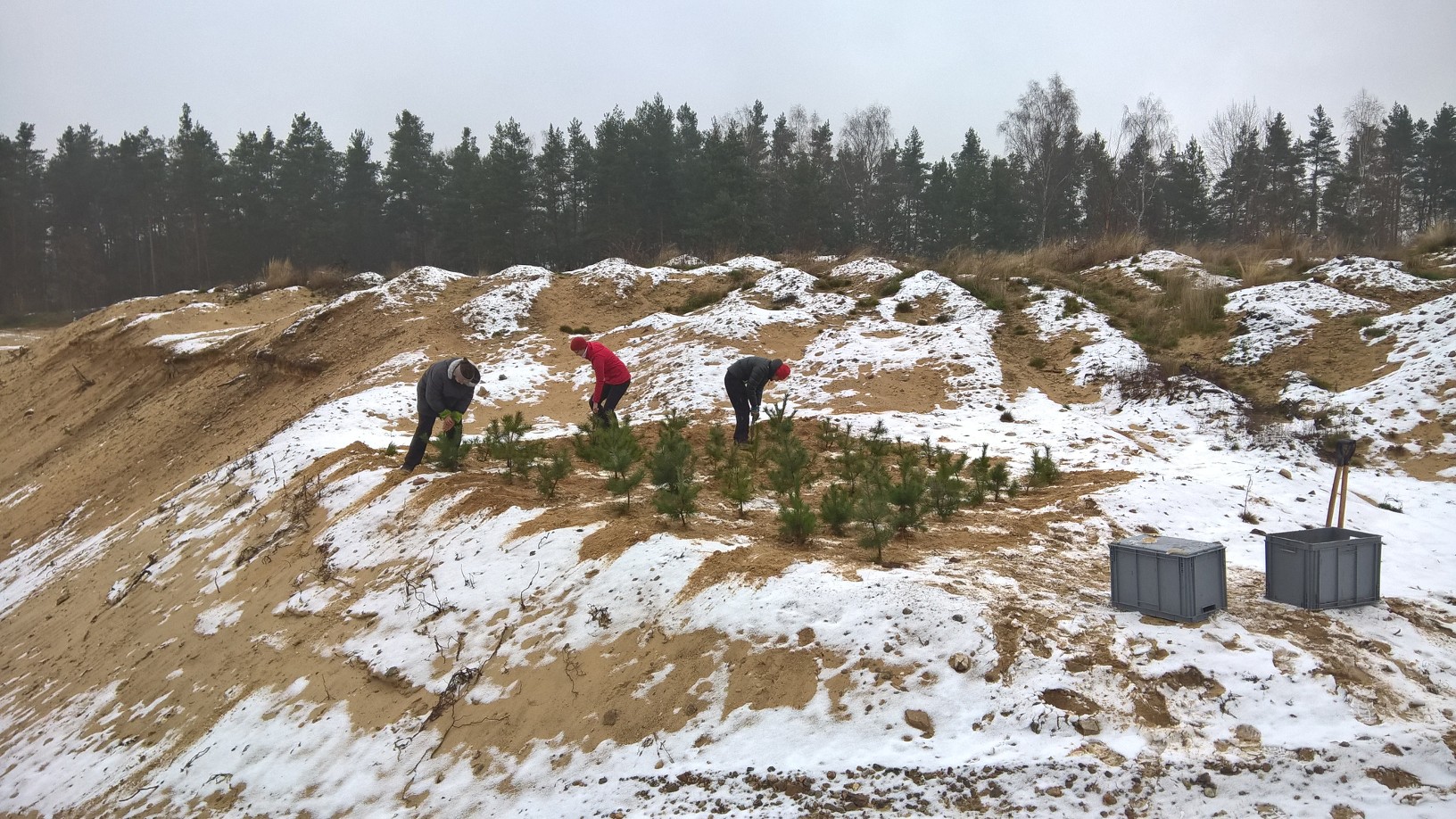
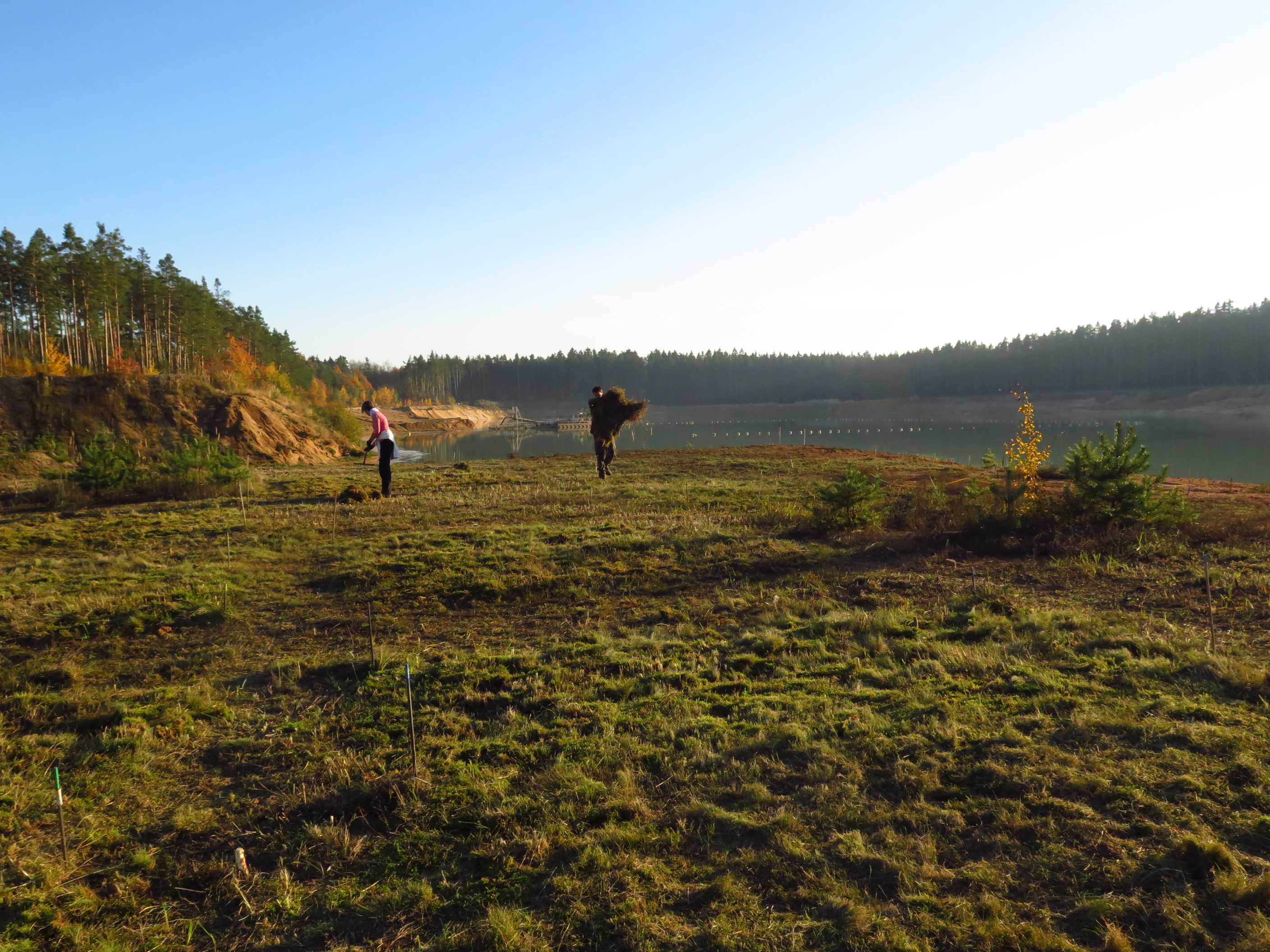 During sheep grazing on the island in the Cep II sand pit this year, we realized that the sheep don't like the vegetation that much. We have therefore chosen a radical approach and mow the whole island, cut down small Pine trees and rakes litter and mosses out. Hopefully we ensure more juicy and tasty vegetation for the next year.
During sheep grazing on the island in the Cep II sand pit this year, we realized that the sheep don't like the vegetation that much. We have therefore chosen a radical approach and mow the whole island, cut down small Pine trees and rakes litter and mosses out. Hopefully we ensure more juicy and tasty vegetation for the next year.